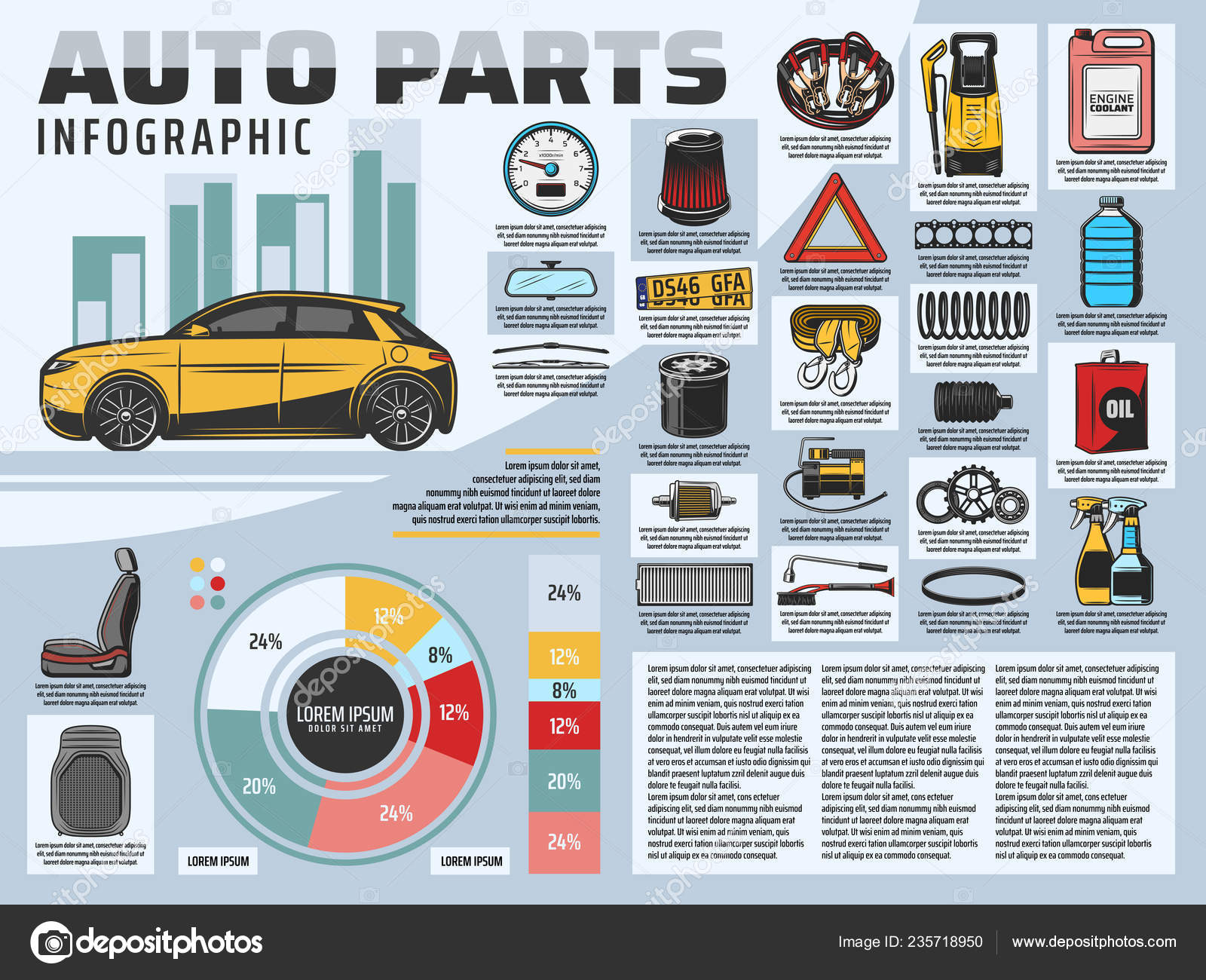Gain Understanding Right Into The Control Panel Warning Lights In Your Automobile To Recognize Their Effects On Your Cars And Truck'S Health And Safety And Security
Gain Understanding Right Into The Control Panel Warning Lights In Your Automobile To Recognize Their Effects On Your Cars And Truck'S Health And Safety And Security
Blog Article
Created By-Johannsen Ferguson
When you lag the wheel, those glowing caution lights on your control panel can be a bit perplexing. Do you recognize what they're trying to inform you about your automobile's health? Understanding the importance of these lights is vital for your safety and the longevity of your lorry. So, the next time one of those lights appears, would not you want to decode its message properly and take the needed actions to address it?
Common Caution Lights and Interpretations
Recognize common caution lights in your auto and recognize their significances to ensure secure driving.
One of the most regular warning lights consist of the check engine light, which signals issues with the engine or discharges system. If ac repair car near me begins, it's critical to have your lorry examined promptly.
The oil stress advising light suggests reduced oil stress, calling for prompt focus to stop engine damage.
Recommended Browsing blinking battery light could suggest a defective charging system, potentially leaving you stranded otherwise addressed.
https://brakerotorreplacementcost16284.worldblogged.com/37024317/unlock-the-concealed-facts-of-this-automobile-care-ritual-and-take-charge-of-your-vehicle-s-efficiency (TPMS) light signals you to low tire pressure, influencing car stability and gas performance. Neglecting this could lead to harmful driving conditions.
The abdominal light shows a trouble with the anti-lock stopping system, endangering your ability to stop promptly in emergency situations.
Lastly, the coolant temperature level advising light warns of engine getting too hot, which can cause extreme damage if not fixed quickly.
Comprehending these common warning lights will aid you address problems immediately and keep secure driving problems.
Value of Prompt Interest
Understanding the common warning lights in your vehicle is only the initial step; the value of immediately attending to these cautions can not be stressed enough to guarantee your safety and security on the road.
When a caution light brightens on your control panel, it's your auto's means of connecting a prospective concern that requires focus. Neglecting these warnings can result in more serious troubles later on, endangering your security and potentially costing you much more in repairs.
Prompt attention to alerting lights can protect against break downs and crashes. As an example, a flashing check engine light might suggest a misfire that, if left neglected, might cause damage to the catalytic converter. Resolving this immediately can conserve you from a pricey repair service.
Likewise, a brake system warning light may indicate reduced brake fluid or used brake pads, important components for your safety and security when driving.
Do It Yourself Troubleshooting Tips
If you see a warning light on your control panel, there are a couple of do it yourself repairing tips you can try prior to looking for professional assistance.
The first step is to consult your auto's guidebook to recognize what the details caution light indicates. In some cases the issue can be as simple as a loose gas cap triggering the check engine light. Tightening up the gas cap might deal with the problem.
One more common issue is a reduced battery, which can activate numerous cautioning lights. Inspecting the battery links for deterioration and ensuring they're secure could deal with the trouble.
If a caution light lingers, you can try resetting it by detaching the vehicle's battery for a few mins and then reconnecting it. Furthermore, examining your vehicle's liquid levels, such as oil, coolant, and brake liquid, can help fix cautioning lights connected to these systems.
Final thought
Finally, recognizing your auto's warning lights is important for keeping your vehicle running smoothly and securely. By promptly attending to these informs and understanding what they indicate, you can avoid costly repair work and potential breakdowns.
Bear in mind to consult your cars and truck's handbook for certain details on each alerting light and take action appropriately to ensure a hassle-free driving experience.
Keep informed, stay secure when driving!
